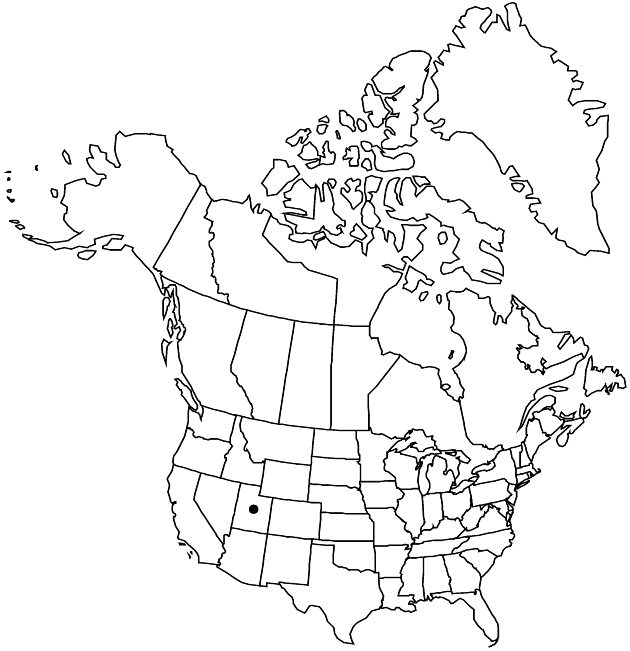Difference between revisions of "Townsendia aprica"
Brittonia 20: 375, fig. 1. 1968.
FNA>Volume Importer |
FNA>Volume Importer |
(No difference)
| |
Revision as of 18:43, 24 September 2019
Perennials, 1–2 cm (± pulvinate). Stems ± erect; internodes 0.1–1 mm, ± strigose. Leaves basal and cauline, blades ± spatulate, 5–8(–16+) × 1.5–2.5+ mm, little, if at all, fleshy, faces ± strigose. Heads ± sessile. Involucres ± campanulate, 4–8+ mm diam. Phyllaries 24–40+ in 4+ series, the longer ± lanceolate, 4–7 mm (l/w = 2.5–5), sometimes glabrate, apices acute to attenuate, abaxial faces usually sparsely strigillose or glandular-puberulent. Ray florets 13–21; corollas yellow adaxially, laminae 4–6+ mm, glandular-puberulent abaxially. Disc florets 25–60+; corollas 4–5+ mm. Cypselae 2–2.5 mm, faces hairy, hair tips glochidiform; pappi persistent; on ray cypselae 10–12 lanceolate to subulate scales 0.5–1+ mm; on disc cypselae 20+ subulate to setiform scales 4–5+ mm. 2n = 18.
Phenology: Flowering Apr–May.
Habitat: Clay hills
Elevation: 1500–2500 m
Discussion
Of conservation concern.
Townsendia aprica is questionably distinct from T. jonesii. Townsendia aprica is in the Center for Plant Conservation’s National Collection of Endangered Plants.
Selected References
None.
